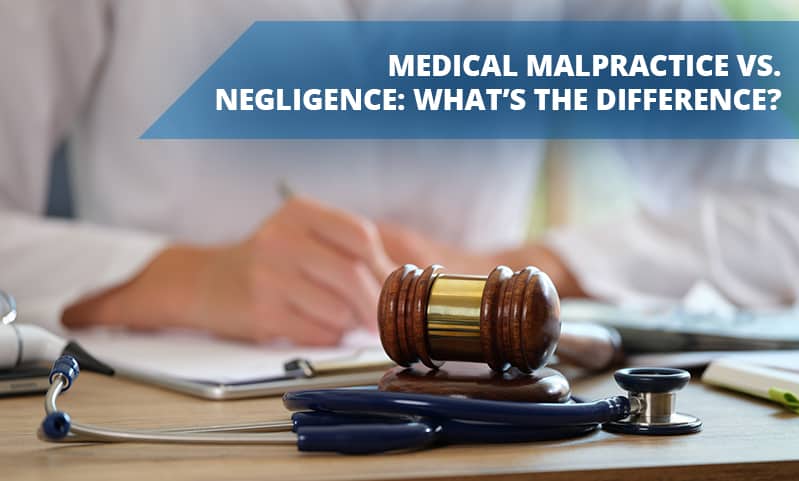The duty of care, which is the foundation of an injury claim, is the biggest difference between medical malpractice and negligence.
Most property owners, drivers, and other non-professionals have a duty of reasonable care. Drivers must be well-rested, sober, and otherwise fit to drive, they must drive defensively when behind the wheel, and they must act responsibly after an accident. Doctors and other professionals have a fiduciary duty. They must go the extra mile to avoid injuring a patient. Furthermore, doctors must prioritize patient health and safety above making money, work-life balance, and everything else.
The different expectations apply in court as well. The higher duty of care is also an important element for a medical malpractice lawyer to establish negligence or a lack of care. A higher duty of care also means a higher amount of compensation. Because the expectations are higher in breach of fiduciary duty matters, substantial punitive damages are usually available in these claims.
Examples of Medical Malpractice
Just like the duty of reasonable care in continual, a fiduciary duty is also continual. It applies at all phases of the doctor-patient relationship.
- Medical Misdiagnosis: The misdiagnosis rate varies significantly, from about 1 percent in straightforward cases to over 60 percent in other situations. Even on the low end, misdiagnosis is probably medical malpractice. Because of the higher duty of care, doctors have almost no margin for error.
- Surgical Error: Sometimes, even experienced doctors make surgical mistakes, such as anesthesia errors. Too much medicine, and the patient won’t wake up. Too little, and the patient wakes up mid procedure.
- Recovery Error: pos-surgical care is also vital to recovery. A patient could develop an infection, for example. Discharge errors are a problem as well. The doctor, not an insurance adjuster, must decide when a patient goes home.
Examples of Negligence
As a rule of thumb, about one in ten medical procedures involve “some complications,” as doctors like to say. About one in ten of these “complications” results in serious injury.
Ordinary negligence is different. The leading causes of unintentional death kill or seriously injure millions of Americans every year. These causes include:
- Vehicle collisions,
- Falls,
- Drug overdoses, and
- Assaults.
As for vehicle collisions, drivers breach the aforementioned duty of care if they drive aggressively (e.g. speeding) or while impaired (e.g. while fatigued).
The other three categories usually involve negligent property owners. Like drivers, property owners usually have a duty of care to ensure that invited social or business guests are safe and secure. This duty includes a responsibility to address fall hazards, like wet spots on floors.
Medical Malpractice and Negligence Defenses
Comparative fault, a doctrine that shifts accident blame onto the victim, usually doesn’t apply in medical malpractice cases. Most people do whatever their doctors tell them to do.
Assumption of the risk, a similar doctrine, is different. Many property owners display Beware of Dog, Swim at Your Own Risk, and other such warning signs. Most doctors require patients to sign legal waivers. These signs and waivers may or may not be enforceable in court.
If assumption of the risk applies, jurors must divide fault on a percentage basis, such as 50-50. New York is a pure comparative fault state. So, even if the victim was 99 percent responsible for the accident, the tortfeasor (negligent party) must pay a proportionate share of damages.
For a free consultation with an experienced personal injury lawyer, contact Napoli Shkolnik, PLLC. We do not charge upfront legal fees and only recover a fee when we win your case.
